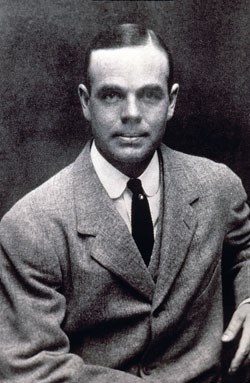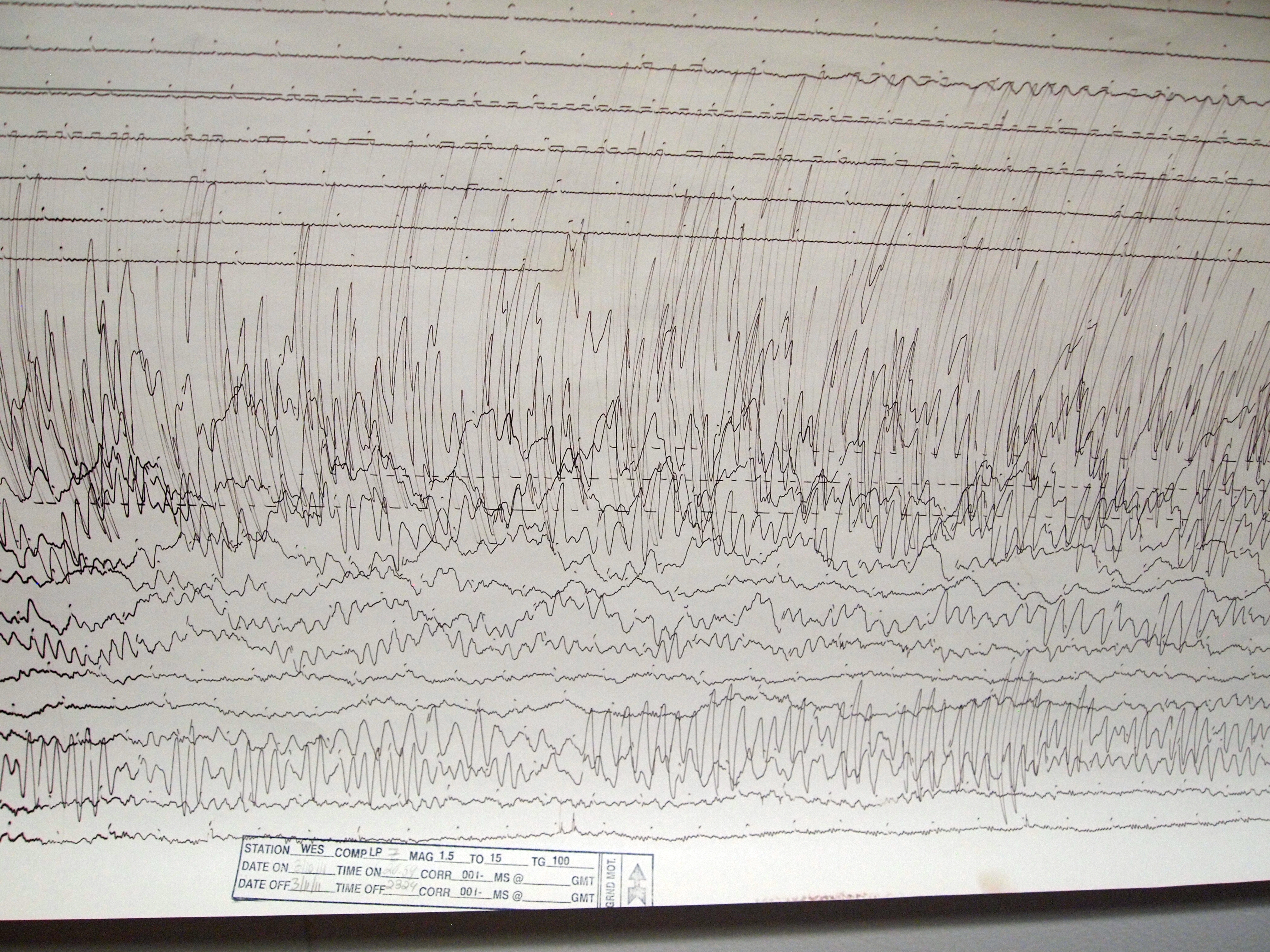|
Montague Island (Alaska)
Montague Island ( Sugpiaq: ''Suklluurniilnguq'') lies in the Gulf of Alaska at the entrance to Prince William Sound, Alaska. The island has a land area of 790.88 km2 (305.36 sq mi), making it the 26th largest island in the United States. As of the 2000 census, Montague did not have a permanent resident population, making it at that time the largest uninhabited island in the United States. Since then, the 2010 abandonment of the United States Coast Guard station on Attu Island in the Aleutian Islands, which at 892.8 km2 (344.7 sq mi) is larger than Montague Island, causes Attu to claim that title. Montague Island was named by Captain James Cook in honor of John Montagu, 4th Earl of Sandwich, one of his greatest supporters. Montague Island is well known in Seward, Alaska, for its sports fishery, and it is referred to as "The Land of the Giants." In 2007, the waters around the island produced a 350-pound (156-kg) halibut and many boats full of fish weighing over 100 ... [...More Info...] [...Related Items...] OR: [Wikipedia] [Google] [Baidu] |
John Montagu, 4th Earl Of Sandwich
John Montagu, 4th Earl of Sandwich, PC, FRS (13 November 1718 – 30 April 1792) was a British statesman who succeeded his grandfather Edward Montagu, 3rd Earl of Sandwich as the Earl of Sandwich in 1729, at the age of ten. During his life, he held various military and political offices, including Postmaster General, First Lord of the Admiralty, and Secretary of State for the Northern Department. He is also known for the claim that he was the eponymous inventor of the sandwich. Biography Early years John Montagu was born in 1718, the son of Edward Montagu, Viscount Hinchingbrooke. His father died when John was four, leaving him as his heir. His mother soon remarried and he had little further contact with her. He succeeded his grandfather as Earl of Sandwich in 1729, at the age of ten. He was educated at Eton and at Trinity College, Cambridge, and spent some time travelling, initially going on the Grand Tour around Continental Europe before visiting the more unusua ... [...More Info...] [...Related Items...] OR: [Wikipedia] [Google] [Baidu] |
Islands Of Alaska ...
This is a list of islands of the U.S. state of Alaska. Approximately 2,670 named islands help to make Alaska the largest state in the United States. A B C D E F G H I J K L M N O P Q R S T U V W Y Z See also * List of lakes of Alaska * List of rivers of Alaska *List of waterfalls of Alaska Notes USGS GNIS named islands by Borough or Census Area: References General references * {{DEFAULTSORT:List Of Islands Of Alaska Islands * Alaska Alaska ( ; russian: Аляска, Alyaska; ale, Alax̂sxax̂; ; ems, Alas'kaaq; Yup'ik: ''Alaskaq''; tli, Anáaski) is a state located in the Western United States on the northwest extremity of North America. A semi-exclave of the U.S ... [...More Info...] [...Related Items...] OR: [Wikipedia] [Google] [Baidu] |
Charles Alexander Sheldon
Charles Alexander Sheldon (17 October 1867 – 21 September 1928) was an American conservationist and the "Father of Denali National Park". He had a special interest in the bighorn sheep and spent time hunting with the Seri Indians in Sonora, Mexico, who knew him as ''Maricaana Caamla'' ("American hunter"). Another favorite haunt was the lakes and rivers which later became Kejimkujik National Park in Nova Scotia where Sheldon built a cabin at Beaverskin Lake. In December 1905, Sheldon was elected member of the Boone and Crockett Club, a wildlife conservation organization founded by Theodore Roosevelt and George Bird Grinnell in 1887. The Sheldon National Wildlife Refuge in northwestern Nevada Nevada ( ; ) is a state in the Western region of the United States. It is bordered by Oregon to the northwest, Idaho to the northeast, California to the west, Arizona to the southeast, and Utah to the east. Nevada is the 7th-most extensive, ... is named in Sheldon's honor. Bibl ... [...More Info...] [...Related Items...] OR: [Wikipedia] [Google] [Baidu] |
Marine Conservation Alliance
The Marine Conservation Alliance (MCA) is a Juneau, Alaska-based coalition of seafood processors, harvesters, support industries and coastal communities that participate in Alaska fisheries. The coalition was established in 2001 by fishery associations, communities, Community Development Quota (CDQ) groups, harvesters, processors and support businesses, to promote science-based conservation measures to ensure sustainable Alaska fisheries. After its initial formation, MCA worked to address regional fisheries management issues and promote science-based fishery management practices. Alaska produces more than half the United States' seafood and MCA looks for practical solutions to conservation concerns to promote long term ocean health, sustainable fisheries, and the communities that depend on them. The organization works with Alaska fishery participants and communities to educate them about regulations and laws that affect Alaska's fisheries such as the reauthorization of the Magn ... [...More Info...] [...Related Items...] OR: [Wikipedia] [Google] [Baidu] |
Center For Alaskan Coastal Studies
Center or centre may refer to: Mathematics *Center (geometry), the middle of an object * Center (algebra), used in various contexts ** Center (group theory) ** Center (ring theory) * Graph center, the set of all vertices of minimum eccentricity Places United States * Centre, Alabama * Center, Colorado * Center, Georgia * Center, Indiana * Center, Jay County, Indiana * Center, Warrick County, Indiana * Center, Kentucky * Center, Missouri * Center, Nebraska * Center, North Dakota * Centre County, Pennsylvania * Center, Portland, Oregon * Center, Texas * Center, Washington * Center, Outagamie County, Wisconsin * Center, Rock County, Wisconsin ** Center (community), Wisconsin * Center Township (other) * Centre Township (other) * Centre Avenue (other) * Center Hill (other) Other countries * Centre region, Hainaut, Belgium * Centre Region, Burkina Faso * Centre Region (Cameroon) * Centre-Val de Loire, formerly Centre, France * C ... [...More Info...] [...Related Items...] OR: [Wikipedia] [Google] [Baidu] |
2011 Tōhoku Earthquake And Tsunami
The occurred at 14:46 JST (05:46 UTC) on 11 March. The magnitude 9.0–9.1 (M) undersea megathrust earthquake had an epicenter in the Pacific Ocean, east of the Oshika Peninsula of the Tōhoku region, and lasted approximately six minutes, causing a tsunami. It is sometimes known in Japan as the , among other names. The disaster is often referred to in both Japanese and English as simply 3.11 (read in Japanese). It was the most powerful earthquake ever recorded in Japan, and the fourth most powerful earthquake in the world since modern record-keeping began in 1900. The earthquake triggered powerful tsunami waves that may have reached heights of up to in Miyako in Tōhoku's Iwate Prefecture, Yomiuri Shimbun evening edition 2-11-04-15 page 15, nearby Aneyoshi fishery port (姉吉漁港)(Google map E39 31 57.8, N 142 3 7.6) 2011-04-15大震災の津波、宮古で38.9 m…明治三陸上回るby okayasu Akio (岡安 章夫) and which, in the Sendai area, travele ... [...More Info...] [...Related Items...] OR: [Wikipedia] [Google] [Baidu] |
Ecology
Ecology () is the study of the relationships between living organisms, including humans, and their physical environment. Ecology considers organisms at the individual, population, community, ecosystem, and biosphere level. Ecology overlaps with the closely related sciences of biogeography, evolutionary biology, genetics, ethology, and natural history. Ecology is a branch of biology, and it is not synonymous with environmentalism. Among other things, ecology is the study of: * The abundance, biomass, and distribution of organisms in the context of the environment * Life processes, antifragility, interactions, and adaptations * The movement of materials and energy through living communities * The successional development of ecosystems * Cooperation, competition, and predation within and between species * Patterns of biodiversity and its effect on ecosystem processes Ecology has practical applications in conservation biology, wetland management, natural resour ... [...More Info...] [...Related Items...] OR: [Wikipedia] [Google] [Baidu] |
Halibut
Halibut is the common name for three flatfish in the genera '' Hippoglossus'' and '' Reinhardtius'' from the family of right-eye flounders and, in some regions, and less commonly, other species of large flatfish. The word is derived from ''haly'' (holy) and ''butte'' (flat fish), for its popularity on Catholic holy days. Halibut are demersal fish and are highly regarded as a food fish as well as a sport fish. Species A 2018 cladistic analysis based on genetics and morphology showed that the greenland halibut diverged from a lineage that gave rise to the Atlantic and Pacific halibuts. The common ancestor of all three diverged from a lineage that gave rise to the genus ''Verasper'', comprising the spotted halibut and barfin flounder. * Genus '' Hippoglossus'' ** Atlantic halibut, ''Hippoglossus hippoglossus'' – lives in the North Atlantic ** Pacific halibut, ''Hippoglossus stenolepis'' – lives in the North Pacific Ocean * Genus '' Reinhardtius'' ** Greenland hal ... [...More Info...] [...Related Items...] OR: [Wikipedia] [Google] [Baidu] |
Fishery
Fishery can mean either the enterprise of raising or harvesting fish and other aquatic life; or more commonly, the site where such enterprise takes place (a.k.a. fishing ground). Commercial fisheries include wild fisheries and fish farms, both in freshwater waterbodies (about 10% of all catch) and the oceans (about 90%). About 500 million people worldwide are economically dependent on fisheries. 171 million tonnes of fish were produced in 2016, but overfishing is an increasing problem — causing declines in some populations. Because of their economic and social importance, fisheries are governed by complex fisheries management practices and legal regimes that vary widely across countries. Historically, fisheries were treated with a "first-come, first-served " approach, but recent threats by human overfishing and environmental issues have required increased regulation of fisheries to prevent conflict and increase profitable economic activity on the fishery. Modern juris ... [...More Info...] [...Related Items...] OR: [Wikipedia] [Google] [Baidu] |
Seward, Alaska
Seward (Alutiiq: ; Dena'ina: ''Tl'ubugh'') is an incorporated home rule city in Alaska, United States. Located on Resurrection Bay, a fjord of the Gulf of Alaska on the Kenai Peninsula, Seward is situated on Alaska's southern coast, approximately by road from Alaska's largest city, Anchorage. With a population of 2,717 people as of the 2020 census, Seward is the fourth-largest city in the Kenai Peninsula Borough, behind Kenai, Homer, and the borough seat of Soldotna. The city is named for former U.S.A Secretary of State William H. Seward, who orchestrated the United States' purchase of Alaska from the Russian Empire in 1867 while serving in this position as part of President Andrew Johnson's administration. Seward is the southern terminus of the Alaska Railroad and the historic starting point of the original Iditarod Trail to Interior Alaska, with Mile 0 of the trail marked on the shoreline at the southern end of town. History In 1793, Alexander Baranov of the Shelik ... [...More Info...] [...Related Items...] OR: [Wikipedia] [Google] [Baidu] |
James Cook
James Cook (7 November 1728Old Style date: 27 October – 14 February 1779) was a British explorer, navigator, cartographer, and captain in the British Royal Navy, famous for his three voyages between 1768 and 1779 in the Pacific Ocean and to New Zealand and Australia in particular. He made detailed maps of Newfoundland prior to making three voyages to the Pacific, during which he achieved the first recorded European contact with the eastern coastline of Australia and the Hawaiian Islands, and the first recorded circumnavigation of New Zealand. Cook joined the British merchant navy as a teenager and joined the Royal Navy in 1755. He saw action in the Seven Years' War and subsequently surveyed and mapped much of the entrance to the St. Lawrence River during the siege of Quebec, which brought him to the attention of the Admiralty and the Royal Society. This acclaim came at a crucial moment for the direction of British overseas exploration, and it led to his commission in ... [...More Info...] [...Related Items...] OR: [Wikipedia] [Google] [Baidu] |





.jpg)


.jpeg)
